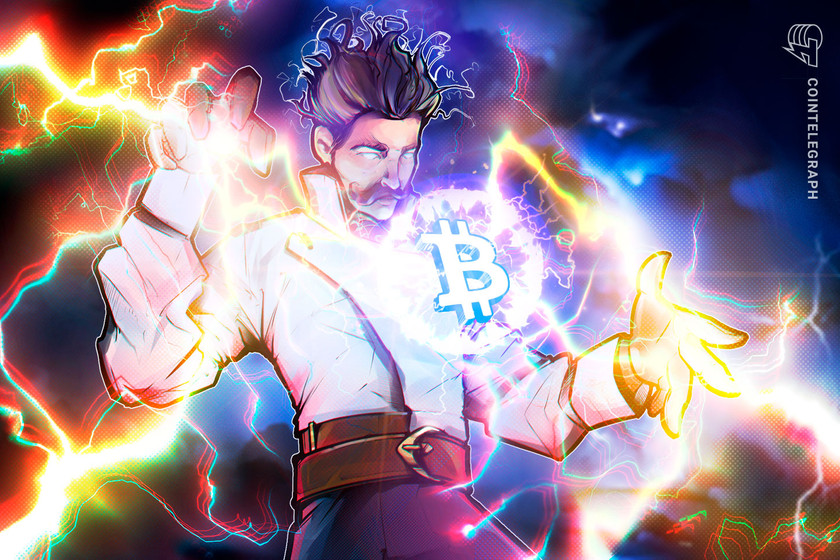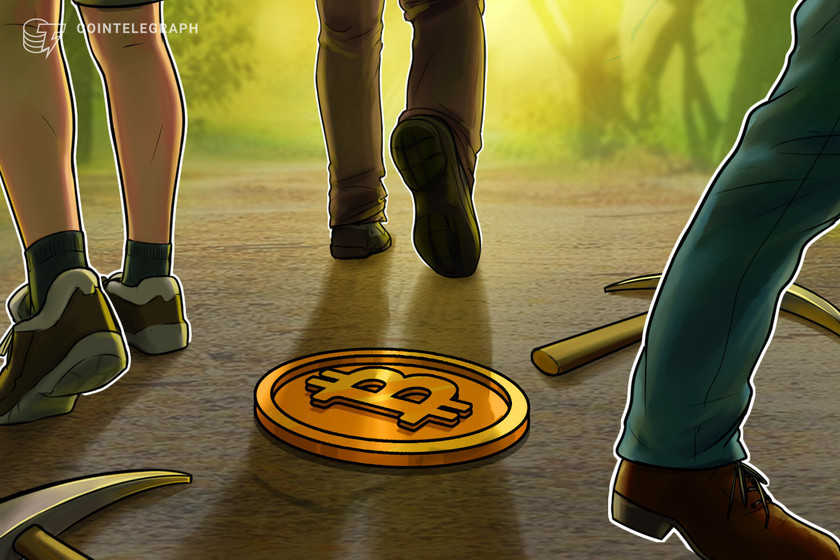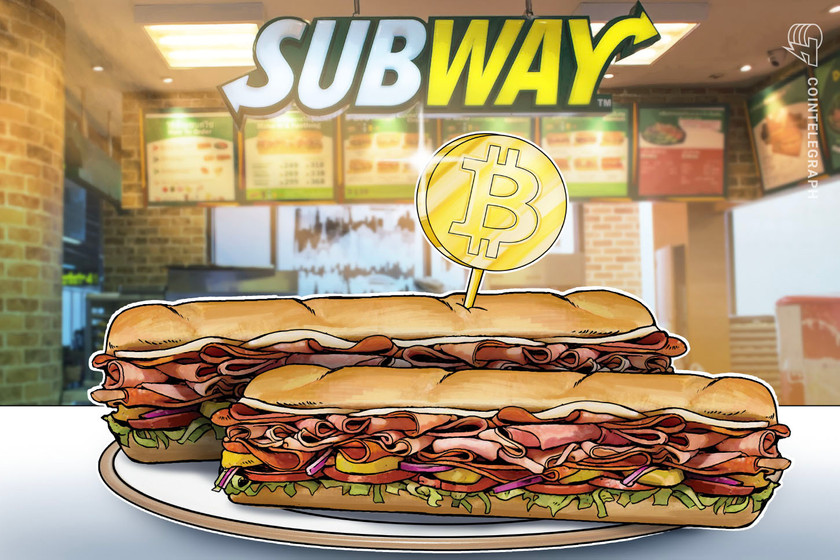‘Bit-tendo’ prototype offers Bitcoin retro games for bars, conferences


The prototype software allows players to earn Bitcoin by playing retro games.
Play-to-earn retro games with Bitcoin (BTC) payouts may soon be making their way to a bar, conference or meetup near you, according to a Feb. 12 tweet by Zebedee founder Christian Moss. The software is tentatively called “Bit-tendo.”
Bitcoin Pay to Play & Play to Earn in Super Mario 3 on the original NES! #bitcoin #retrogames #lightningnetwork powered by @zebedeeio and @lnbits
200 retweets and i'll integrate SONIC
"Bit-tendo" will be a free retro game bitcoin infuser for bars, conferences, meet ups etc pic.twitter.com/4GBuXX9pN2
— Christian Moss (@MandelDuck) February 12, 2023
The tweet includes a video of someone playing Super Mario Bros. 3 on a small old-school tube television. The TV displays a QR code at startup and asks for a Bitcoin payment. The game only starts running once the payment is sent.
During gameplay, a “sats” counter is displayed that apparently counts the number of satoshis the player has won as a reward so far. Satoshis, or sats, are Bitcoin’s smallest divisible unit, representing 0.00000001 BTC each. The display also shows a timer that counts down from 90 seconds to zero. When the timer goes to zero, the game ends, and a new QR code is displayed. A statement at the bottom and top of the image implies that the player can use the QR code to withdraw their sats.
In the post, Moss said that the software will eventually “be a free retro game bitcoin infuser for bars, conferences, meet ups etc.”
Cointelegraph reached out to Moss for an explanation of how the software works. He said that it runs on a PC or other device that is able to accept a video feed. The game itself is produced by a real Nintendo Entertainment System (NES) console, but the video is altered en route to show the sats counter and timer. The software tracks movements in the video feed to determine if the player has collected a coin and updates the sats counter each time a coin is collected.
Moss said that in order to fund the payout wallet, the bar or club needs to sign up for a custodial wallet with Zebedee or LNbits. The wallet is connected to the Lightning Network in order to enable low transaction fees and fast payments.
Related: Nigerian innovator launches first active Bitcoin Lightning node in the country
The Zebedee app is available on the Google Play Store and Apple’s App Store. Screenshots reveal that it has a “top up” (deposit) and “cash out” (withdrawal) function that can be accessed after the user completes a Know Your Customer verification process.
Moss also explained how he came up with the idea for “Bit-tendo.” He said that he tried to get people interested in Bitcoin play-to-earn games at Bitcoin conferences but found that participants preferred to play games they already knew rather than “in-house” designed games. Moss said he hopes to make the software work with any game, not just Super Mario Bros. 3:
“I want to also let the user be able to train the software to recognize events in any game they may have, ultimately making it game-agnostic.”
In his tweet showing off the software, Moss states that he would integrate Sonic The Hedgehog 2 with it if the post got 200 retweets, which it has since received.
Moss has been an innovator in the blockchain gaming space since its inception. In 2014, he created Sarutobi, a game that allowed players to collect Bitcoin by controlling a monkey that swung across a jungle landscape. Because it predated the release of EverdreamSoft’s Spells of Genesis beta by approximately one year, Moss’ Sarutobi is considered by some to have been the first blockchain game.































